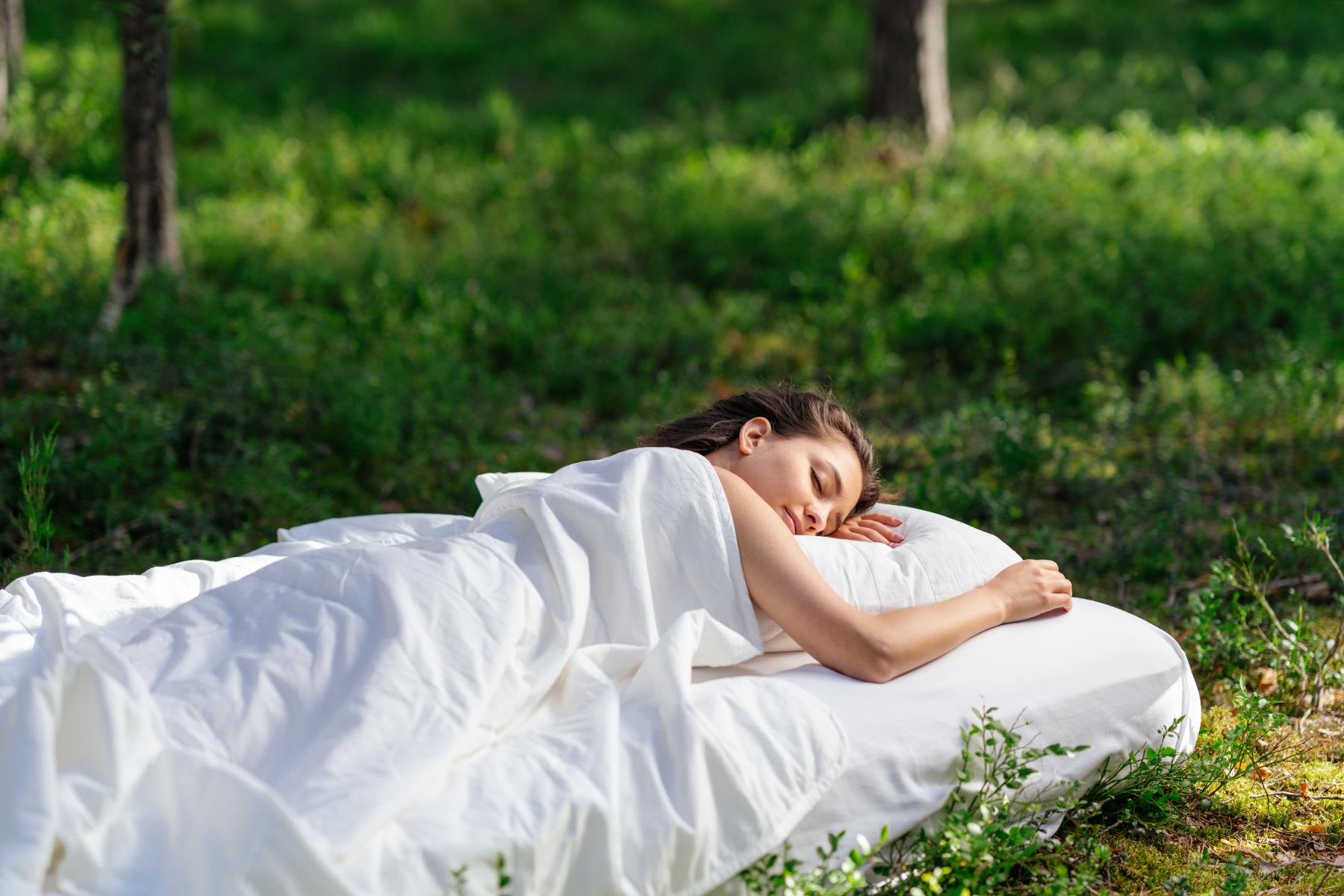The unpleasant sensation of waking up with a stuffy nose, itchy skin or eyes, or a scratchy throat can quickly turn your day into a morning sour. Millions of people suffer from common allergens or seasonal allergies, and these symptoms are a common way to begin the day, especially when their bedding becomes a perfect breeding ground for dust mite allergens, pet dander, pesky allergens, pollen, and mold growth. There is, however, a better way. The right bedding can help those with allergies enjoy a peaceful sleep and wake up feeling refreshed. We intend to guide you through the best bedding options, ensuring your sleep environment promotes health and comfort.
Understanding Allergies and Bedding
Any part of your bedding, including pillows, mattresses, and comforters, can accumulate allergens, primarily due to the fabrics’ propensity to retain house dust mite allergens, pet dander, and other microscopic particles, enough to break allergy symptoms or allergic reactions. Allergy-proof bedding consists of materials that are either resistant to these allergens or can be washed frequently without losing shape or comfort, making them perfect for people with allergies.
Materials Matter: Hypoallergenic Options
Bed sheet materials play a crucial role in the selection of allergy-friendly bedding. Let’s take a closer look at a wide range of hypoallergenic bedding options:
Microfiber
Due to its tight weave, dust mites and other allergens cannot penetrate microfiber bedding. This hypoallergenic fabric is an excellent choice for those suffering from allergies because of its durability, affordability, and ease of maintenance.
Silk
Say goodbye to dust mites, mold, and fungus. Silk bedding is a naturally hypoallergenic material and resistant to these allergens. Silk sheets are a luxurious option that benefits those with allergies or sensitive skin, providing a soft, comfortable, and undisturbed sleep environment.
Organic Cotton
Organic cotton sheets are free of pesticides and harmful chemicals typically found in conventional cotton and are suitable for sensitivities. This breathable fabric, made with organic materials and powered with hypoallergenic properties, allows excellent airflow, which reduces the chance that moisture and allergens will accumulate.
Bamboo
Due to its eco-friendly and antimicrobial properties, bamboo bed linen is becoming increasingly popular. It is an incredibly soft and breathable fabric made with natural materials. It is also exceptionally moisture-wicking, keeping your sleep environment dry and less hospitable to allergens.
Essential Bedding Types for Allergy Relief
Dust Mite-Proof Covers
Investing in anti-dust mite duvets, pillows, and mattress covers is crucial. These covers are designed with tightly woven fabric that prevents dust mites and their waste from entering your bedding, ensuring a restful night’s sleep.
Hypoallergenic Pillows
Switch to pillows made from memory foam, latex, or synthetic down, which are less likely to harbor allergens than traditional down feathers. Encase them in hypoallergenic sheet covers for extra protection.
Washing and Care
No matter the material, regular washing, and cleaning are fundamental in keeping allergens at bay. To kill dust mites, wash hypoallergenic bed sheets, organic bedding pillowcases, and blankets once a week in hot water (at least 130°F). Dry them in a high-heat setting or direct sunlight.
Considering Comfort and Support
While focusing on allergy-proof features, don’t overlook the importance of comfort and support. Ensure your mattress and pillows support your sleeping position, contributing to a cooler night’s sleep.
Final Thoughts
Choosing the right bedding can dramatically improve the quality of life for people with allergies. With the myriad of hypoallergenic options available today, it’s possible to create a sleep sanctuary that is comfortable, supportive, and conducive to a healthier, allergen-free lifestyle. Remember, the best bedding for those with allergies combines suitable materials with consistent care practices, ensuring every night is good.



Leave a comment